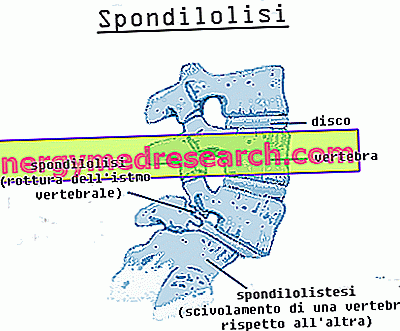Scroll down the page to read the summary table on: balanitis, balanopostites and postites.
| balanoposthitis | Balanite | Postite | |
| Description of the disease | An infectious / inflammatory condition affecting both the glans surface and the internal prepuce | Phlogosis of the terminal part of the penis (glande or balano), which is particularly reddened, painful, itchy and swollen | Phlogosis of the foreskin (the retractile muco-cutaneous leaflet that covers the penis glans) often caused by bacterial infections |
| Etymology of the term | Balano = glans Post office = foreskin -ite = inflammation | Balano (from the Greek balanus, acorn) = glans -ite = inflammation | root post - (poste, from the Greek pósthē) = foreskin -ite = inflammation |
| Incidence index | Men (can also transmit balanopostitis to women), especially affects uncircumcised men | Incidence index 5 times higher in uncircumcised subjects than in circumcised ones. Very common disease among infants and non-circumcised diabetic adults. | Men, especially diabetics (uncircumcised subjects) |
| Symptomatic picture | Erythema, pruritus, edema, irritation, pain, maceration, phimosis, microvescicamento, dysuria, bladder-pustular lesions that tend to burst, superficial ulcers, inguinal adenopathy, scales erosions | In some circumcised diabetic patients, balanitis is asymptomatic. Common symptoms: inflammation of the glans erythema, itching and / or burning, urination disorders, bleeding, edema, ulcerative lesions, whitish secretions that emit bad smell, swollen inguinal lymph glands | Particularly dry and purulent foreskin skin, swelling and redness, exudate formation, bloody wounds, microlesions and sores, whitish spots, loss of elasticity of the foreskin skin, phimosis, pain during intercourse. (all the symptoms listed above refer to the foreskin, not to the glans) |
| etiopathogenesis | Candida albicans, Chlamydia urethritis ( Chlamydia trachomatis ), trichomoniasis, Herpes simplex, gonorrhea, syphilis, scabies, diabetes, erythroplasia of Queyrat, psoriasis, Lichen planus, seborrheic dermatitis, iatrogenic erythemas | Bacterial, parasitic, mycotic or viral infections, immunological deficits, contact dermatitis, Lichen planus, drug allergies, gonorrhea, intertrigo, syphilis | Infectious etiological factors (eg. Chlamydia, trichomoniasis , Herpes simplex ), toxic (eg intolerance to particular medicinal products), traumatological, autoimmune, metabolic, allergic (eg contact dermatitis), diabetes mellitus, urethritis and gonorrhea, ammonia dermatitis |
| Classification | Allergic balanopostitis Irritating balanopostitis Mycotic balanopostitis Balanopost. immunological Infectious balanopostitis Protozoan Balanoposthitis Mixed balanopostitis Iatrogenic balanopostitis | Psudoepiteliomatous balanitis of Lortat - Jacob and Civatte Xerotic balanitis obliterans Zoon plasma cell balanitis Circulated Balanitis Allergic balanitis Immunological balanitis Moniliasic Balanitis | Also in this case, the post is classified according to the trigger |
| Therapy | Choice according to the infectious, inflammatory, irritant or allergic agent that caused balanoposthitis:
|
|
|
| Prophylaxis (identical for balanoposthitis, balanitis and postitis) |
|
|
|



